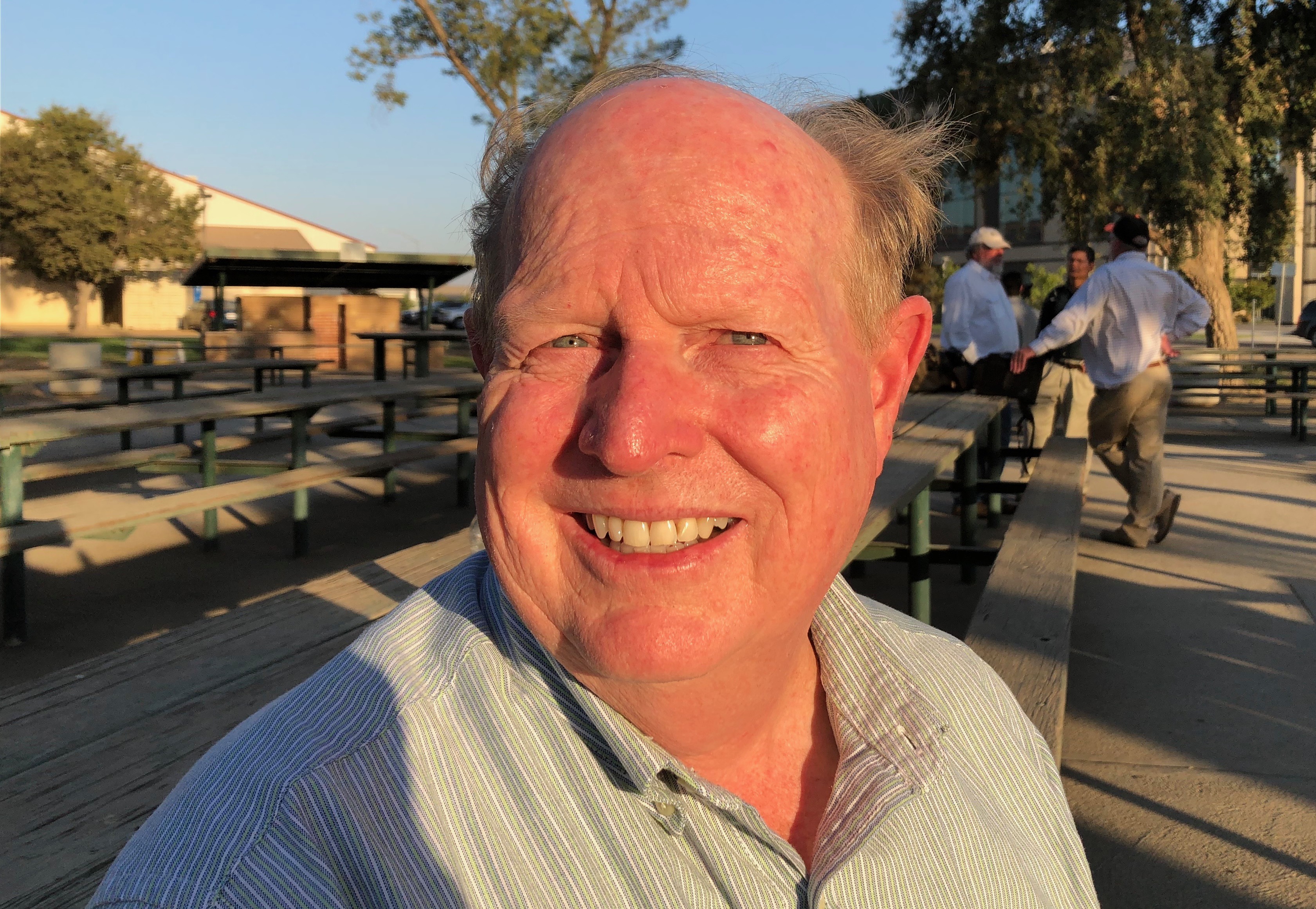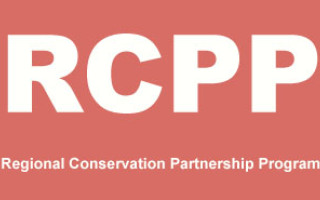Irrigation Industry Needs Help
Promoting Efficient Irrigation
By Jessica Theisman, Associate Editor
What will affect the irrigation industry in the future? California Ag Today asks Brent Mecham, the industry development director with the Irrigation Association located in Fairfax, Virginia. Promoting effective irrigation is important.
“I work on the things that are going to affect our industry or the future and trying to position ourselves so we can continue to promote efficient irrigation,” Mecham said.
His occupation includes working on codes and standards, new technologies, technical programs, and educational programs. This is becoming popular among policymakers.
Everyone in the world is benefiting from irrigation. Everybody in the world is benefiting from water whether they know it or not.
“It’s something that affects everybody’s life, and they will not notice it until there’s no lettuce for your salad or no tomatoes. So irrigation affects people all around the world,” Mecham said.
There is more demand on water resources in property. Irrigation is very important for a state like California.
“There is more demand on water resources than ever before, and a lot of places where it is very sensitive, like in California, and the water shortages are becoming prevalent,” Mecham explained.
Farmers have been doing their part to be more profitable in their operations. Cities, too, need to do their part to prevent water running down gutters, which is not efficient.












